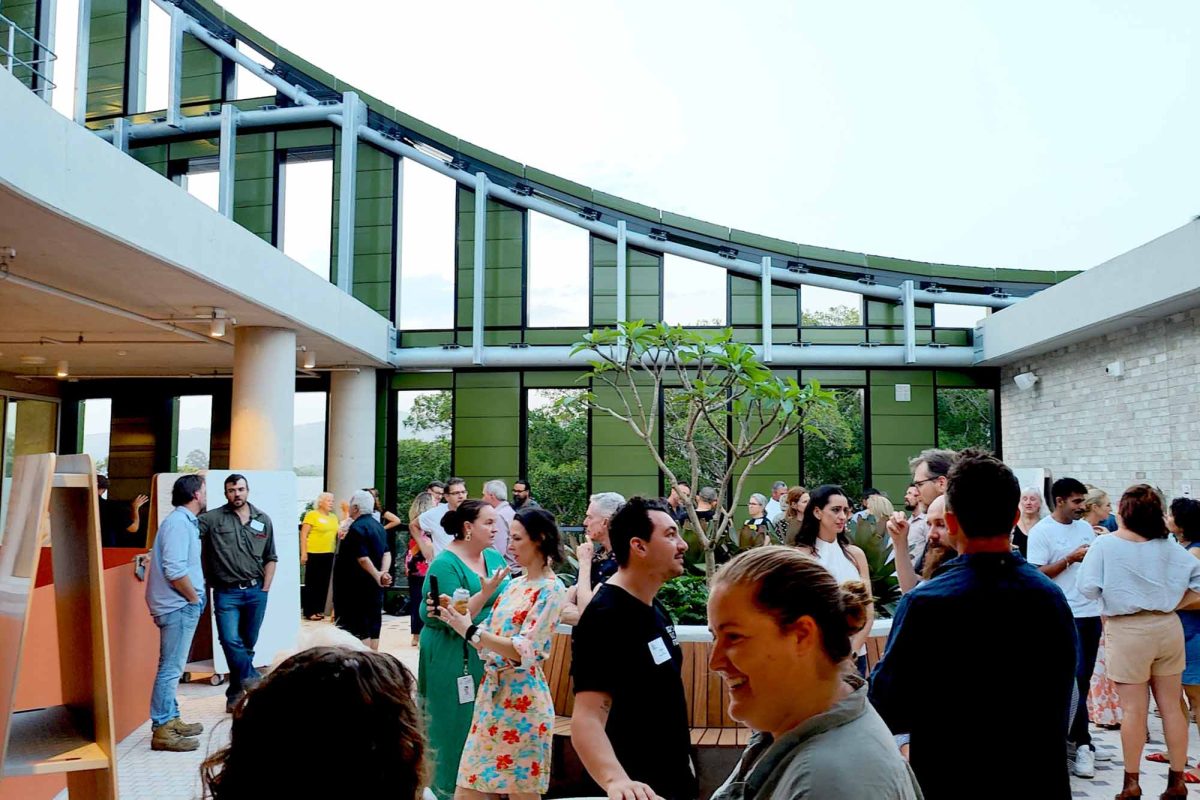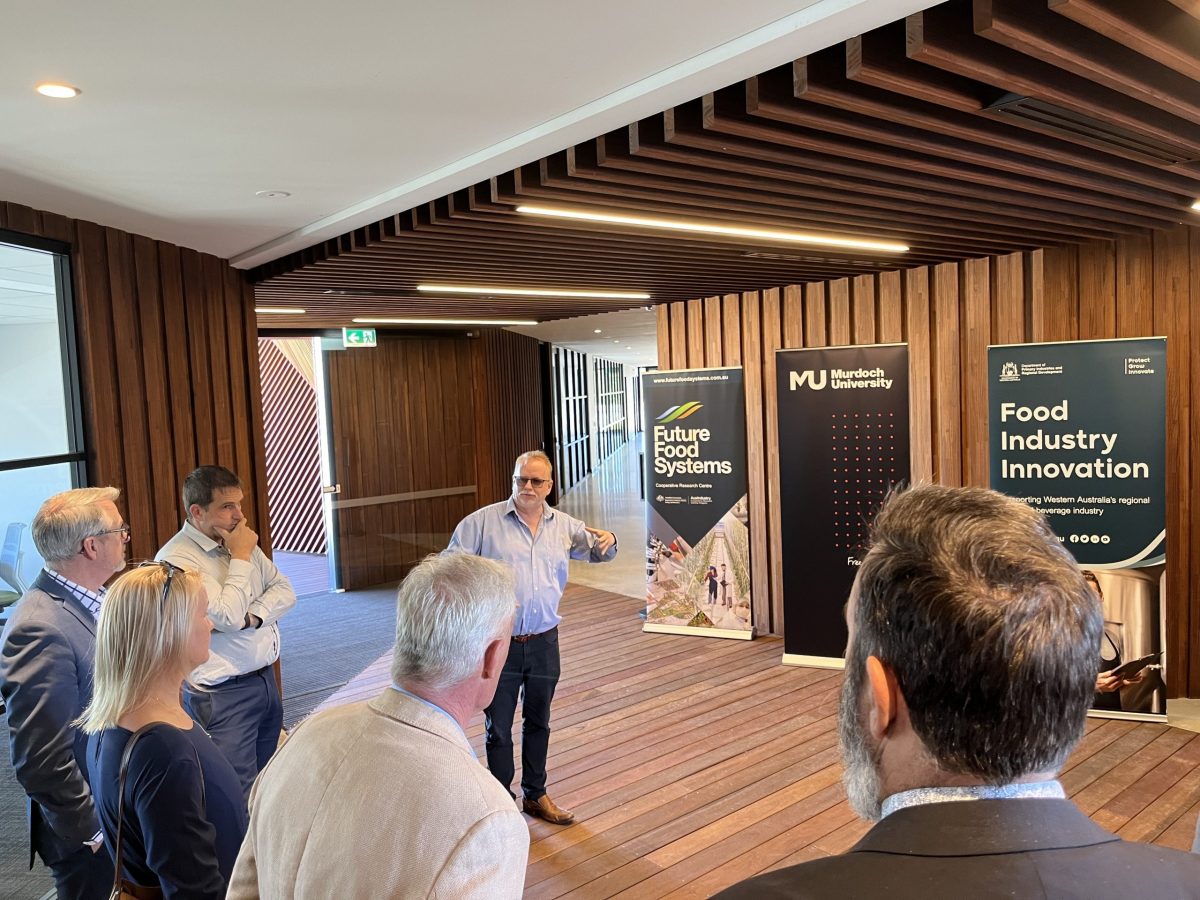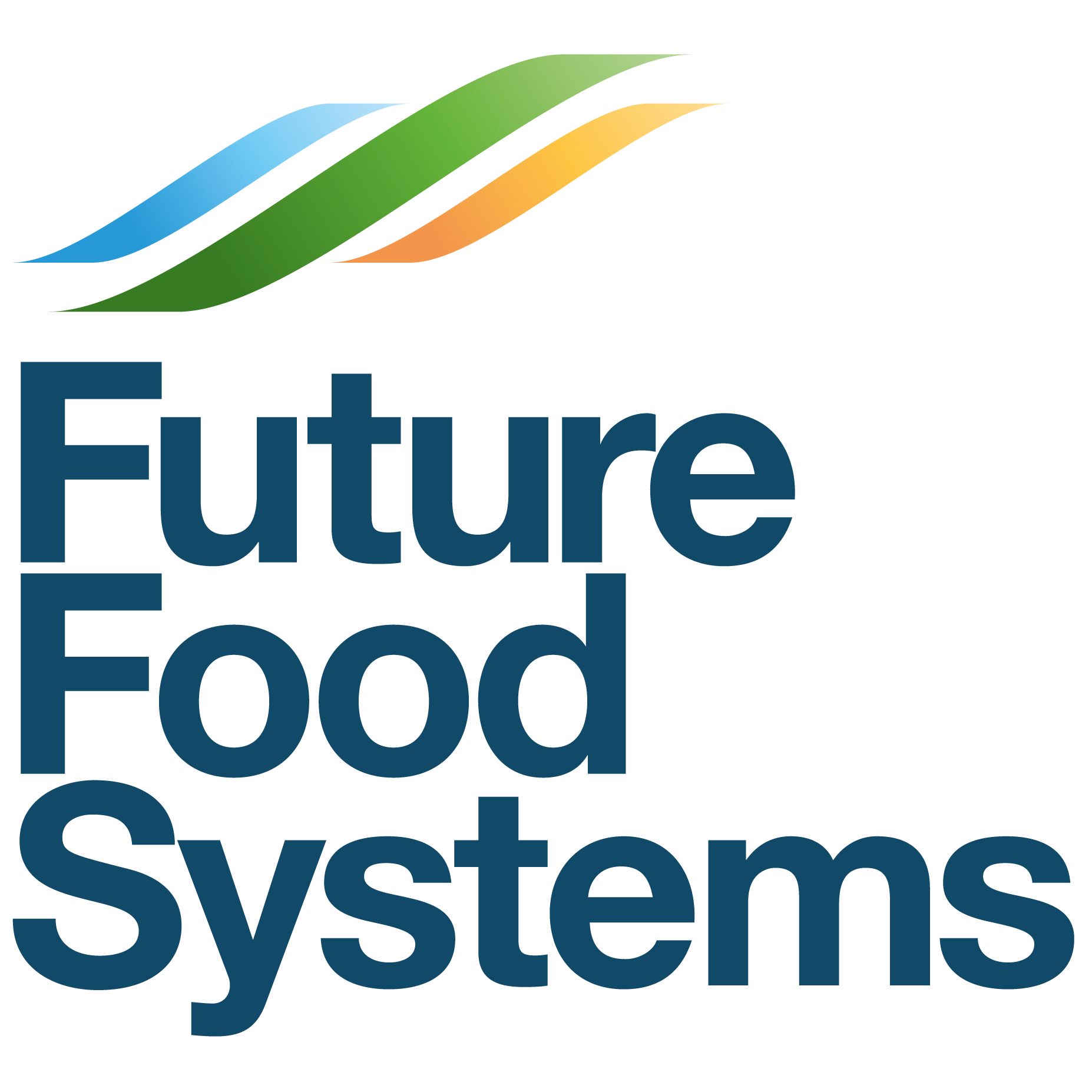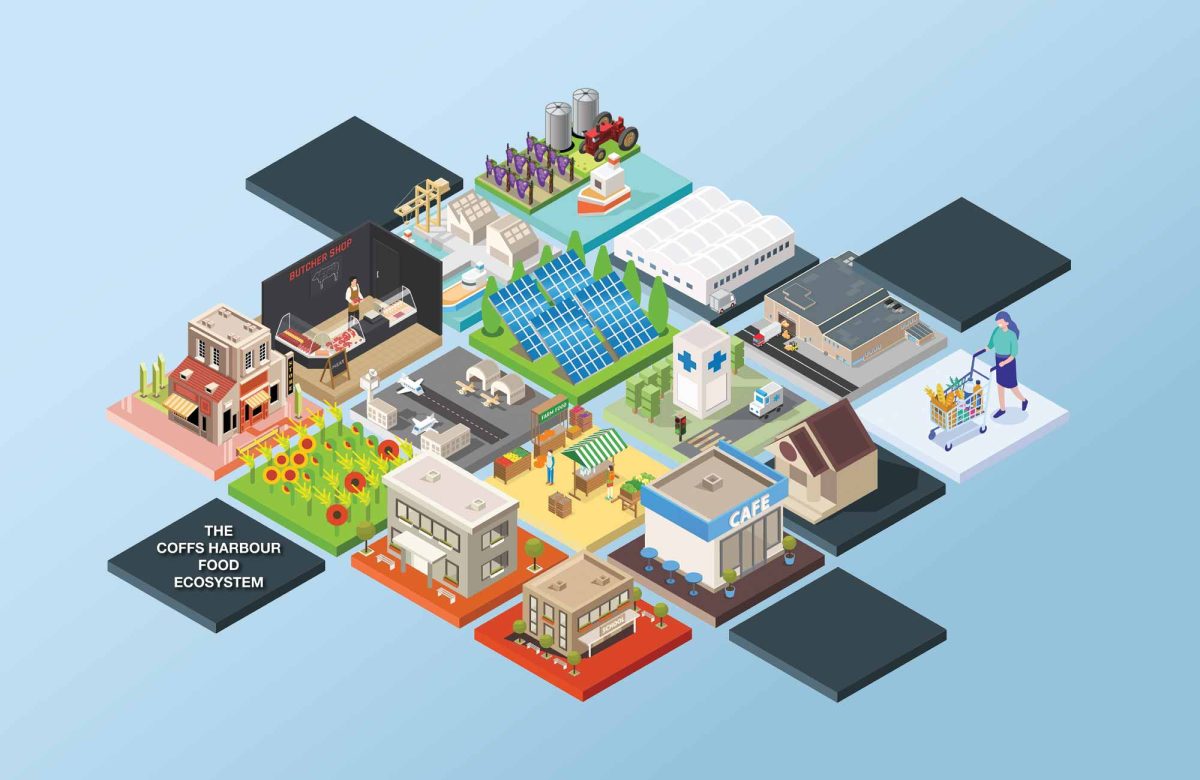What does it take to turn a bunch of local food-system stakeholders into a successful ‘cluster’ that returns real benefits to its members and the region? How important are leadership, collaboration, multi-helix involvement? And how can clusters attract ongoing funding?
The industry problem
Currently, most Australian agrifood businesses are siloed. Because they operate individually rather than collectively, investing in new technology, tools and equipment or in value-adding initiatives can be cost-prohibitive, especially for smaller businesses.
Frequently, Australian farms are located far from processing facilities (abattoirs, food and beverage factories) , making value-adding to primary produce challenging.
Australian agribusinesses, for the most part, are also siloed with respect to knowledge sharing, neither information nor ideas.
Partly as a result of all this, many smaller agribusiness ventures flounder… or founder.
The ‘cluster’ solution
‘Clustering’ in specialised agrifood precincts – co-locating production, value-adding and ancillary industries with shared infrastructure, R&D and processing facilities, close to transport/distribution hubs – enables businesses to share support and facilities as well as economies of scale in regions of comparative advantage.
Clusters can also foster knowledge exchange, facilitate R&D and promote healthy competition, driving innovation and profitability.

Cluster development
Typically, clusters develop organically over years or decades, with success dependent on strong, focused leadership combined with well-balanced, research-backed planning led by key stakeholders in the region’s agrifood ecosystem.
Fostering a culture of collaboration and innovation among active, engaged participants is the first step.
It’s also crucial that the cluster includes active, ongoing input from various sources – typically involving participation from members of the ‘triple helix’ of industry, government and research bodies. It may also include community, educational and other entities. Ideally, clusters require ongoing, active input from people representing a minimum of three helixes.
Right now, for example, entities such as Food & Fibre Gippsland (FFG) and the Sunshine Coast-based Food & Agribusiness Network (FAN) could be regarded as double-helix clusters: Both have lots of involvement from local industry and government but, to date, little input from research or educational institutions.
Early-stage clusters need to avoid falling into the trap of becoming local agents for the delivery of government programs.
It is equally crucial to avoid letting industry bodies dictate the direction or actions of a nascent cluster. The exception might be a cluster in which crop represents the bulk of local agrifood stakeholders. In the Far North Queensland Food Incubator cluster, for instance, the Banana Council is a key participant, as this region’s agricultural sector has a very big banana-industry component.

Inspired, effective leadership
Cluster success depends on more than involvement from multiple helixes; effective collaboration from stakeholders in all the helixes is also important.
The Food Innovation Precinct Western Australia (FIPWA) and its Food Technology Facility have involvement from three helixes – government, research and industry – but right now, FIPWA is a ‘precinct’ rather than a real cluster because as yet, some key players in it are not collaborating, and there’s no shared vision – no ‘burning platform’ uniting members’ focus and activities.
Future Food Systems is working to help create this – first and foremost by finding an industry leader who can inspire Precinct stakeholders to collaborate for mutual benefit.

Attracting investment
Another cluster must-have is funding. And often, this too depends on involving stakeholders from several helixes, as a broader range of stakeholders means more connections and an expanded range of opportunities.
Once an engaged, well-balanced cluster culture has been established, participants can work collectively towards developing value-adding initiatives.
In time, this groundswell of activity will attract investment funding –through government or industry backers – that enables the construction of shared infrastructure and facilities, along with new products and ongoing promotional activities that further advance the cluster.
Further reading
View a round-up of Future Food Systems’ agrifood cluster-related projects and initiatives across Australia.
Read our Q&As with Australian agrifood cluster experts:
- FFS CEO and former FIAL Innovation Manager Dr James Krahe on keys to sustainable cluster growth
- Food & Agribusiness Network (FAN) CEO Nicole McNaughton on success strategies and stumbling blocks.
Lead image: Infographic of an agrifood ecosystem. Credit: Future Food Systems

